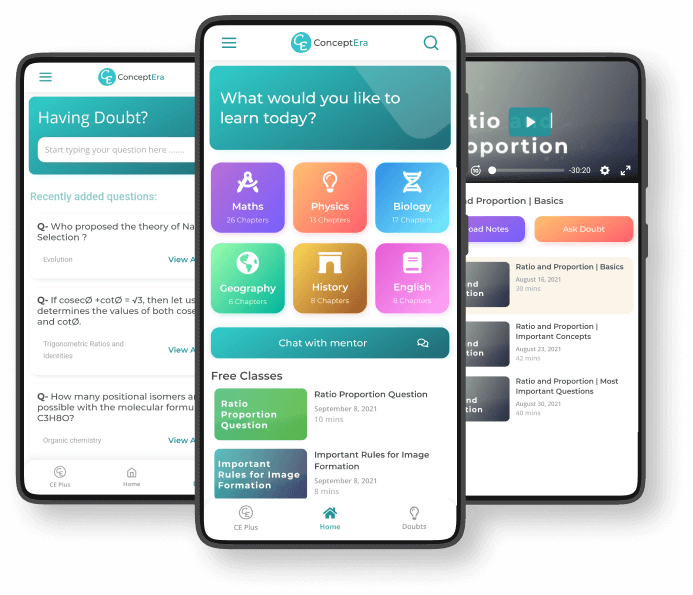Group – A
1. Write the correct answer from the given alternatives:
1.1 The gorge formed in the arid region is called –
(a) Canyon
(b) ‘V’ shaped valley
(c) Potholes
(d) Dhand
1.2 Bird-foot delta is formed at the mouth of –
(a) River Nile
(b) Hwang Ho
(c) Indus river
(d) Mississippi-Missouri river
1.3 The meteors that come towards the earth get burnt in the layer of –
(a) Ionosphere
(b) Stratosphere
(c) Mesosphere
(d) Exosphere
1.4 Tornado, the most destructive cyclone of the world is also called in USA as –
(a) Cyclone
(b) Twister
(c) Typhoon
(d) Hurricane
1.5 The merging of cold Labrador current and warm Gulf stream current creates dense fogs and stormy weather conditions along –
(a) Newfoundland coast
(b) Guinea coast
(c) Florida coast
(d) Peru coast
1.6 On the days of Neap Tides the sun and the moon are at the following angles to each other in respect of the earth –
(a) 180°
(b) 360°
(c) 90°
(d) 120°
1.7 The following waste material is non-biodegradable by its nature –
(a) Plastic wastes
(b) Synthetic rubber wastes
(c) Aluminium sheet
(d) All are applicable
1.8 The Telengana State was formed by separation from –
(a) Madhya Pradesh
(b) Andhra Pradesh
(c) Bihar
(d) Uttar Pradesh
1.9 The plain, which is formed along the foothills of Siwalik Himalaya by deposition of small rock fragments is called as –
(a) Khadar
(b) Bhangar
(c) Bhavat
(d) Bet
1.10 Example of one salt hike of India is –
(a) Pangong lake
(b) Bhimtal
(c) Dal lake
(d) Loktak lake
1.11 The Laterite soil is found in the region of –
(a) Ganga plain
(b) Western slope of western ghat
(c) Sundarban
(d) Desert region
1.12 Wheat is a –
(a) Rabi crop
(b) Kharif crop
(c) Zaid crop
(d) Beverage crop
1.13 The proposed fastest National Highway, which will connect Srinagar in the North with Kanyakumari in the South is called as –
(a) The East West Corridor
(b) The Golden Quadrilateral
(c) The North South Corridor
(d) The North Central Corridor
1.14 The satellite sent by India is –
(a) IRS
(b) LANDSAT
(c) SPOT
(d) Station
Group – B
2.1 If the statement is true write “T’ and if false, write ‘F’ against the following (Answer any six statements):
2.1.1 Potholes are formed at the base of waterfall.
2.1.2 The air pressure is measured by the help of Fortin’s Barometer.
2.1.3 Change of seasons are observed in Equatorial region.
2.1.4 The drought conditions develop in the western coast of South America due to influence of El Nino of Pacific Ocean.
2.1.5 Tropical Evergreen forests are found in the states of Bihar and Chhattisgarh.
2.1.6 Petrochemical Industry is called as “Modern Industrial Giant”.
2.1.7 ‘Platform’ is the place in space where the Satellites are installed
2.2 Fill in the blanks with suitable words (Answer any six):
2.2.1 According to name of __ river, the zigzag course of a liver is known as meander.
2.2.2 Horizontal and Parallel cracks or fractures found on the Surface of a glacier are called __.
2.2.3 Temperature increase with the increase of altitude in atmosphere is called ___.
2.2.4 During high tide huge tidal waves entering through the mouth of a river from the sea are called as ___.
2.2.5 The wastes which after decomposition mix with air, water and soil are called as __.
2.2.6 __ is the highest part of Meghalaya Plateau.
2.2.7 According to 2011 census, the percentage of literacy rate in India is __.
2.3 Answer in one or two words (any six):
2.3.1 What is the name of Sandy desert in Sahara?
2.3.2 In which layer of the atmosphere jet plane flies?
2.3.3 What is the main food of marine fish?
2.3.4 Name one radioactive waste.
2.3.5 Which one is the longest river of South India?
2.3.6 In Which forest of India lion is found?
2.3.7 Name the common multipurpose river valley project of the states of Jharkhand and West Bengal.
2.3.8 In which type of map, relief is shown by contour lines?
2.4 Match the left column with the right column:
| Column A | Column B |
|---|---|
| 2.4.1) Tal | a) Coffee research centre |
| 2.4.2) Jhum cultivation | b) Diesel Rail Engine |
| 2.4.3) Chikmangalur | c) Lakes in Western Himalayas |
| 2.4.4) Benaras | d) Soil erosion |
Group – C
3. Answer the following questions in brief (Alternatives should be noted):
3.1 How are the “deflation hollows” formed?
OR
What is Iceberg?
3.2 What is ‘Chinook’?
OR
What is apogian tide?
3.3 How is the segregation of waste materials done?
OR
What do you mean by ‘Recycling the waste’?
3.4 Name two physiographic divisions of Karnataka Plateau.
OR
Mention two purposes of rainwater harvesting.
3.5 State the importance of terrace cultivation.
OR
What is sustainable development?
3.6 What is meant by satellite Imagery?
OR
Define topographical Map.
Group D
4. Give a brief explanatory answer of the following (Alternative should be noted)
4.1 Explain why delta is formed at the mouth of a river.
OR
Why does temperature decrease with increase of altitude in Troposphere?
4.3 Discuss in brief three main measures adopted for conservation of forest India.
OR
What do you mean by the ‘modern communication system’?
4.4 What are the difference between Topographical Map and Satellite Imagery?
OR
State three uses of Topographical Map.
Group E
5.1 Answer any two questions from the following:
5.1.1 Describe with sketches the major landforms produced by fluvioglacial deposition.
5.1.2 Explain with sketches the origin and direction of planetary winds of the worlds.
5.1.3 Discuss the major characteristics feature of tropical monsoon climatic regions.
5.1.4 Explain the factors responsible for the origin of ocean currents.
5.2 Answer any two questions from the following:
5.2.1 Give a brief account of the physiography of the western Himalayas of India.
5.2.2 Describe the Favourable physical conditions required for the cultivation of India.
5.2.3 Explain the major factors responsible for the development of the Iron and Steel industry In Eastern and Central India.
5.2.4 Discuss the causes of Urbanization in India.
Group F
6. Locate the following with appropriate symbols and names on the given outline map of India. Attach the map with your answer paper:
6.1 Siwalik range,
6.2 River Krishna,
6.3 The driest region of India,
6.4 One red soil region of India,
6.5 Central Forest Research Institute of India,
6.6 One Wheat growing region of Northern India,
6.7 ‘Manchester’ of South India,
6.8 Natural port of Eastern Coast of India,
6.9 The main administrative centre of India,
6.10 The largest International Airport of India,

